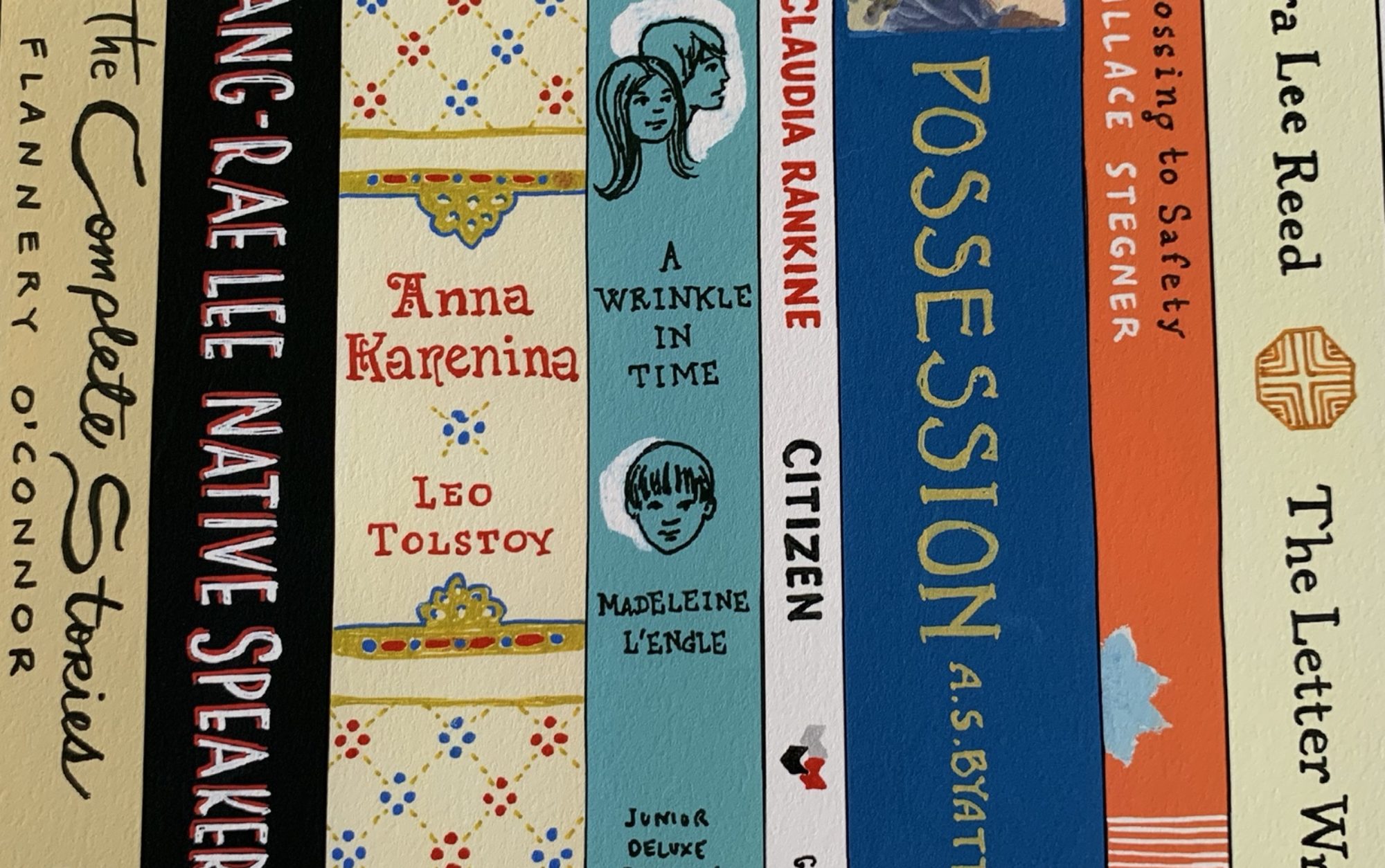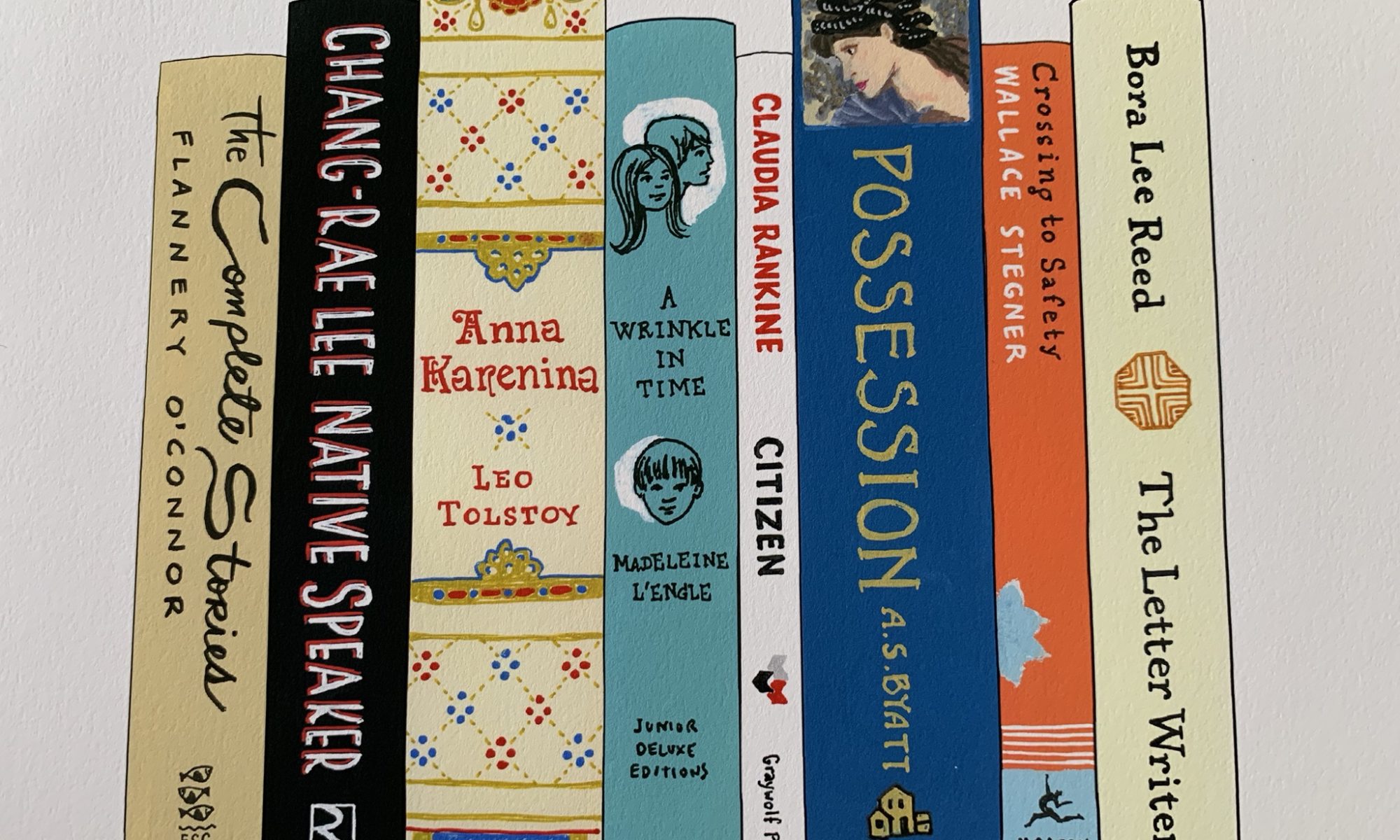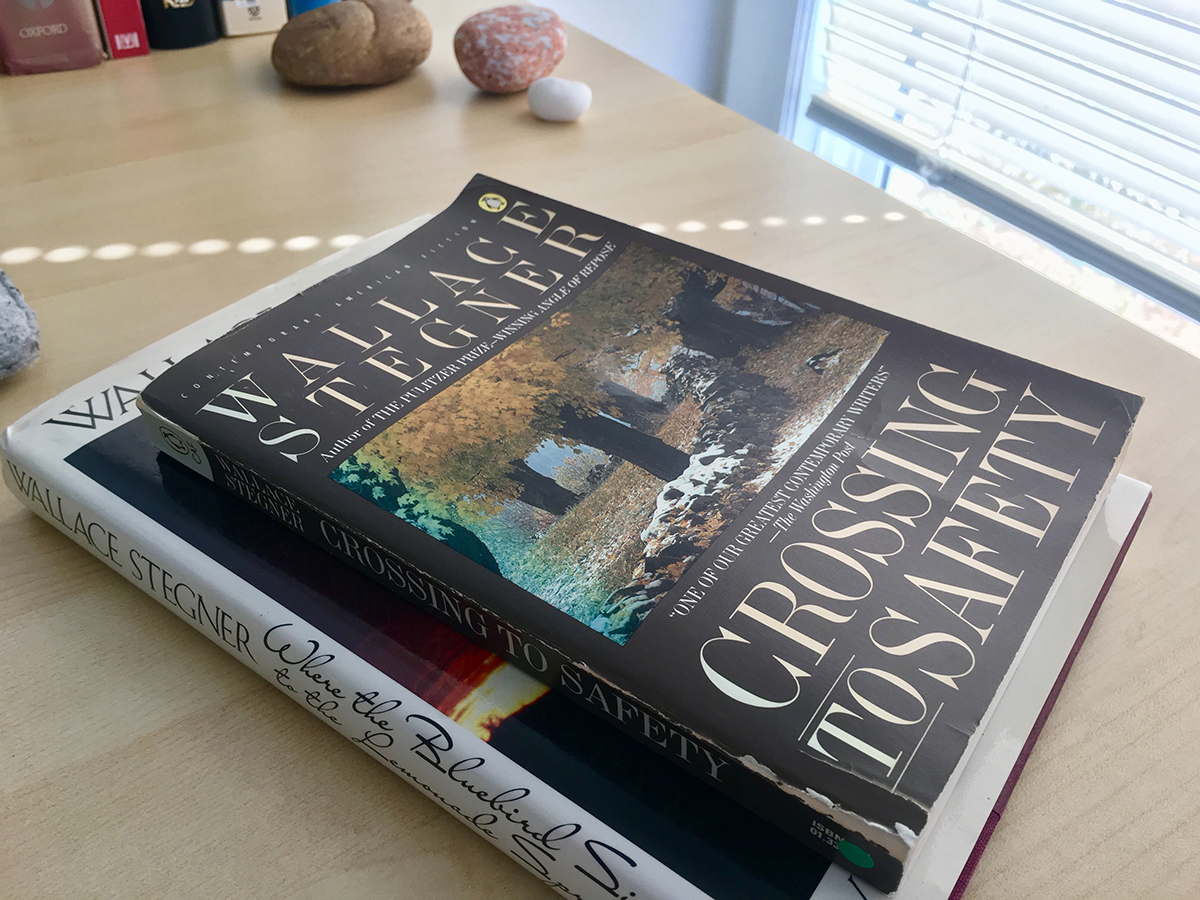Once a month or so, Wes spends the weekend caring for his parents, who are fragile and need round-the-clock care. They have a wonderful caregiver with them from Sunday night until Friday night. The weekends are then covered by one of their adult children. I’m not sure big families always work out this well, but in the case of my in-laws, their investment in the raising of five children is paying full-circle dividends. Four of the five kids live in the area, so they share the load, faithfully taking their once-a-month turn.
When Wes is away, I’ve learned to relish the quiet by intentionally keeping my weekend a bit more unscheduled. I exercise, read, write, pray, think. I usually tackle some chore, like cleaning out the fridge. It’s not that I can’t do those things when Wes is home. But his weekends away naturally keep some of the social activities—eating out, traveling, gathering with friends or family—at bay. Perhaps more importantly, it gives me stretches of time when I’m alone. In those moments, I realize how rare and precious these moments of quiet are.
I wish Wes could have the same.



